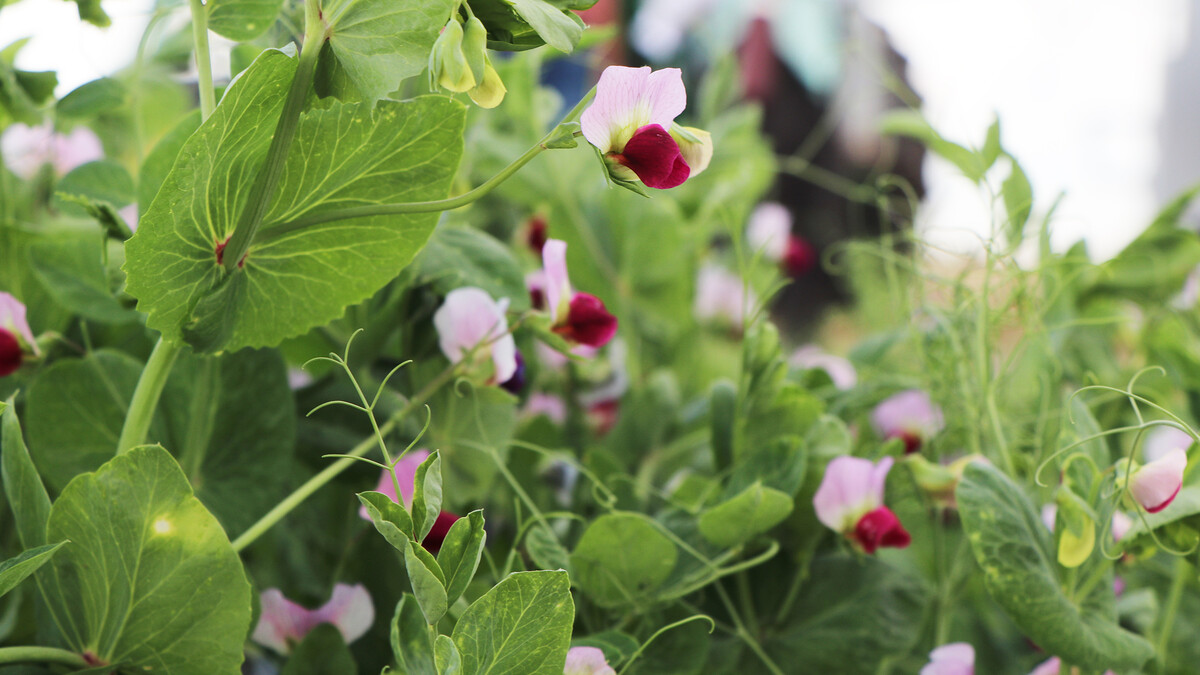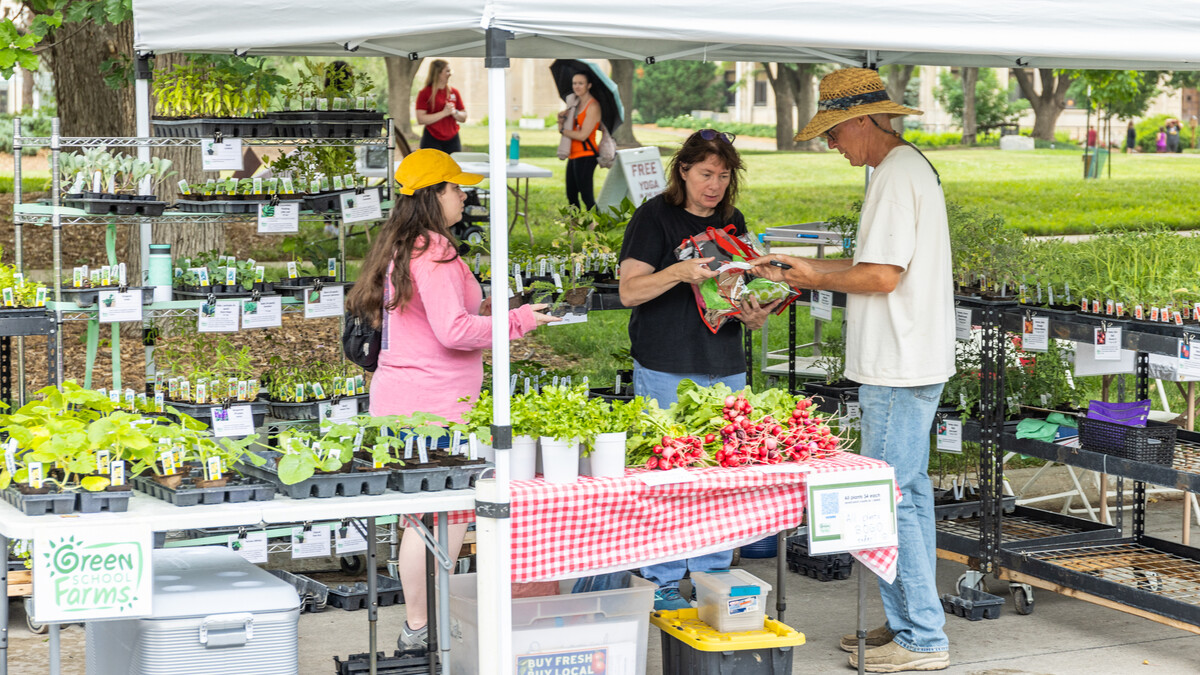Aug. 28, 2013
LINCOLN, Neb. — Stem and root rots continue to be a problem in several Nebraska soybean fields and in northern Nebraska white mold has been reported in several fields, a University of Nebraska-Lincoln Extension plant pathologist says.
"We also continue to see brown stem rot, phytophthora root and stem rot, and sudden death syndrome," said Loren Giesler, UNL Extension plant pathologist.
White mold, also known as Sclerotinia Stem Rot, is a disease that starts earlier in the season during flowering. The actual infection occurs on the senescing flower which serves as a food source for the fungus, Giesler said.
"Therefore, all infections in soybean typically start at a node," he said. "You can even tell when the infection occurred based on how high up the plant the stem lesions and fungal growth are. The cool wet conditions that occurred during flowering were favorable for infection, and the cool temperatures the last couple weeks were very favorable for fungus growth."
During this soybean growth stage, symptoms will appear in individual or small pockets of dead or dying plants. Upon close inspection growers will see a white cottony fungal growth on the stems.
There also may be dark black bodies (sclerotia) of the fungus on the stems. If it is drier and plants are dead, the stems will be very light (bleached) in color. When dead stems are split, often growers will see sclerotia of the fungus inside.
Since further spread will be limited to localized spread (no sporulation stages) from plant to plant, soybean growers' management decisions will depend on how widespread the plant infections are.
Giesler said he's received several calls regarding whether a fungicide should be applied.
"While there is no good data on this, if producers are seeing widespread infection of plants across the field, there may be some benefit from treating," he said.
Many fungicides are labeled for Sclerotinia Stem Rot and could stop the disease from spreading to adjacent plants.
However, soybean growers should keep in mind that the disease will not spread much if temperatures are in the 90s, as predicted for the next week or so. The optimum temperature for growth of this fungus is 75 degrees Fahrenheit.
Now the best action is to make sure the problem is identified so it can be managed in the future.
For more information, visit UNL Extension's crop production newsletter CropWatch.
As with any disease, correct diagnosis is critical to proper management. For more information or to have plants diagnosed, visit the UNL Plant and Pest Diagnostic Clinic.
Loren Giesler, Ph.D.Professor
Plant Pathology
402-472-2559
loren.giesler@unl.edu
Sandi Alswager Karstens
IANR News Service
402-472-3030
skarstens2@unl.edu







